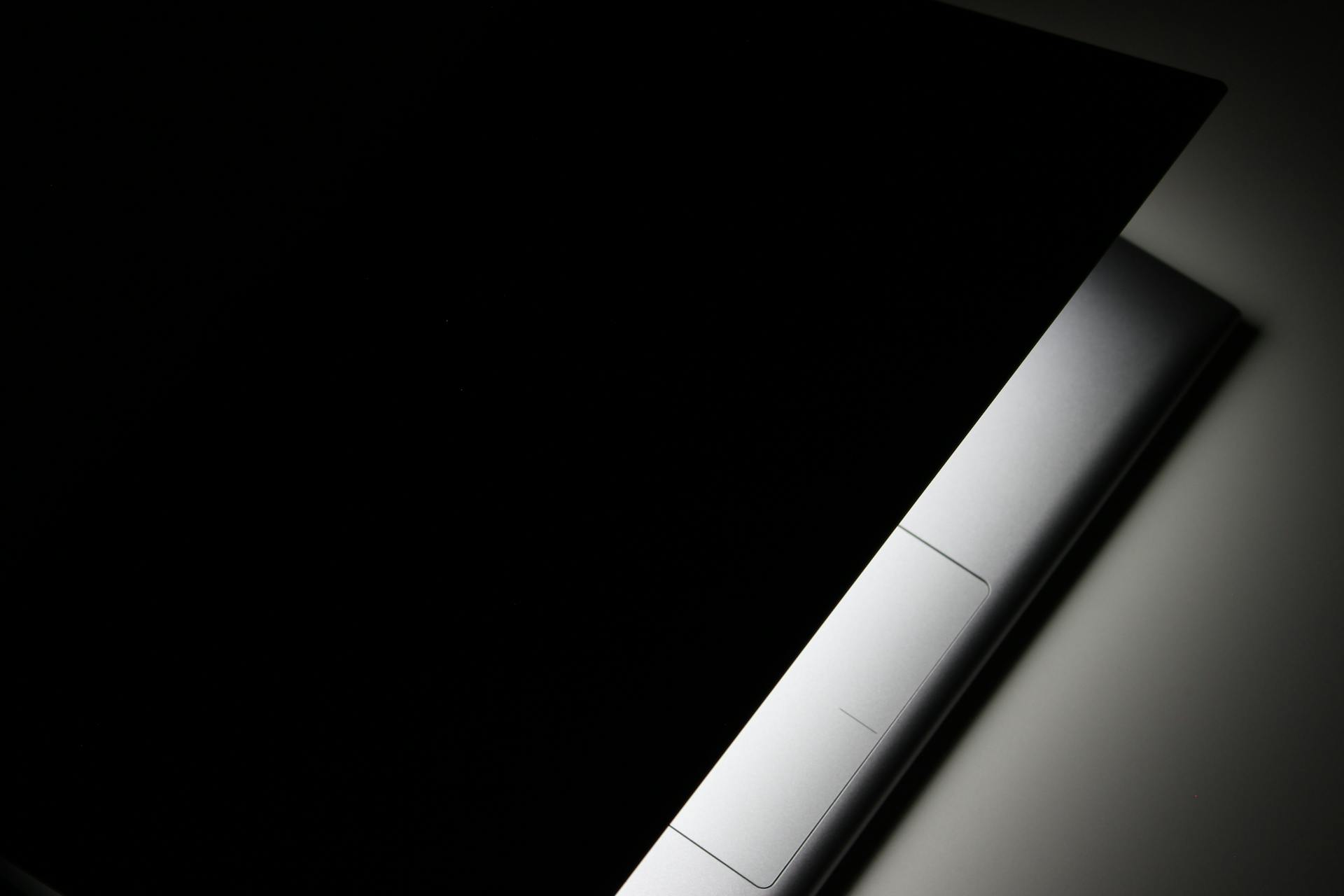We live in a world full of products — some that make life easier, and others that look good on paper but fall flat in daily use. So what separates the two?
As a UX designer with 15+ years of experience, I’ve spent my career analyzing what makes a product not just good, but great. Here’s what I look for:
-
User-centric design – Does the product truly meet a real need?
-
Simplicity – Is the product easy to understand and use?
-
Consistency – Are the materials, controls, and messaging in harmony?
-
Feedback & control – Can the user feel in control? Do they get helpful feedback from the product?
-
Delight – Is there something unexpected that improves the experience?
-
Value for money – Does the experience justify the price, or are you paying for features you don’t need?
We all want to buy products that solve problems, feel great to use, and last longer than a few months. Great product design doesn’t just happen — it’s the result of intentional thinking, listening to users, and designing with empathy.
In my role as a UX and product designer, I’ve worked closely with cross-functional teams to build meaningful experiences. That experience allows me to identify not just functional issues, but also opportunities for improvement that most people overlook.
So when you read reviews here, you’re not just getting an opinion — you’re getting a breakdown based on real design principles. And I’ll always be honest about whether a product’s design quality aligns with the price you’re paying.
